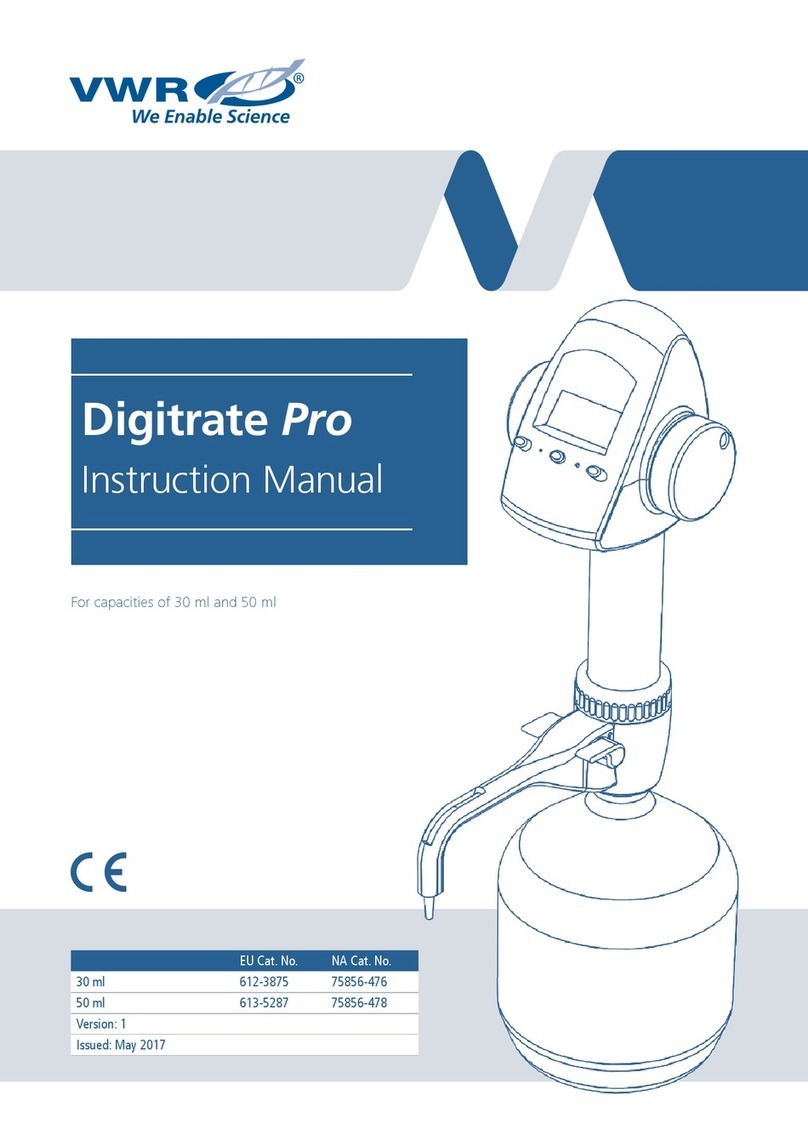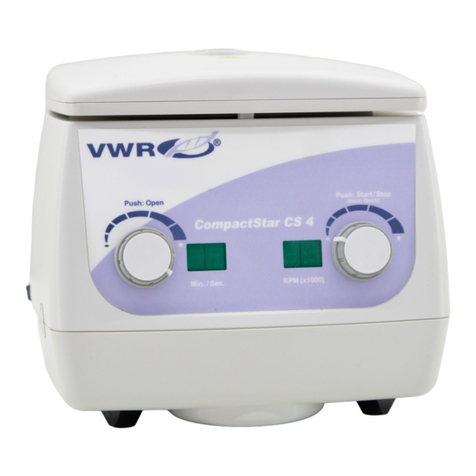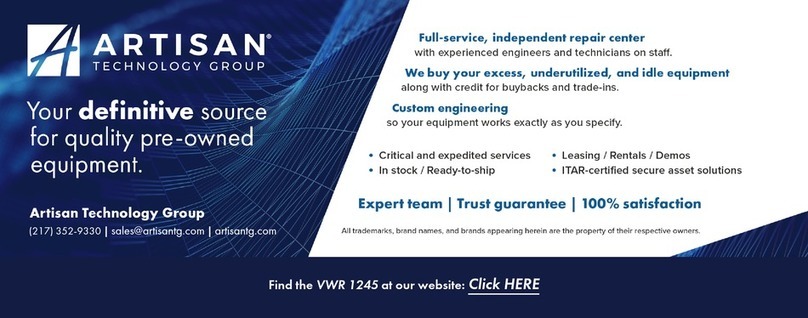
5
Overview
Conventional refrigerators and freezers are not suitable for storing flammable
materials. Such units have components in their electrical and refrigeration systems
that can trigger explosions of flammable air-vapor mixtures inside the unit and/or in
the immediate surrounding area.
The Authority having Jurisdiction (AHJ) determines if work areas are
designated as
a hazardous location with respect to the presence of flammable gases or vapors.
Such locations are defined in (National Fire Protection
Agency) NFPA 70 Articles
500-501 and OSHA 29 CFR1910.307. Some of these classified areas are
expected to experience concentrations of flammable gases and/or vapors at or
above their lower flammability limits for extended periods of time.
The construction
of our explosion-proof units has been evaluated by Underwriters Laboratories (UL)
are suitable for use in classified areas requiring Class I, Groups C and D*
protected equipment.
The electrical components such as thermostats, wiring, splices, relays and
compressor motors on explosion-proof units are safely housed within explosion-
proof enclosures and conduit. Compressor surface temperatures have been
evaluated and determined to remain below the flash point of materials found in
Class I, Groups C and D.
All models have heavy-gauge, rigid, steel construction
with a durable enamel finish. Interiors have epoxy coated steel construction. Each
unit is insulated throughout for energy-efficient operation. These units are ideal
for storing ethyl ether, acetone, alcohol, benzene, gasoline, hexane, lacquer
solvent vapors, naphtha, along with many other potentially hazardous materials.
WARNING: For FMS and EXP units where flammable materials are stored in the
cooling chamber, the cooling chamber is considered a Class I Div1 or Class I Zone
1 hazardous location. Any monitoring devices placed in the cooling chamber must
have an intrinsically safe rating from an appropriate certification body, such as UL,
CSA, FM etc. (this includes battery or solar powered devices).
Thermocouples for building monitoring systems must be wired through an electrical
barrier designed to provide isolation against voltage and current spikes, which
could cause a spark resulting in fire or explosion. It is the end user's responsibility
to meet these requirements. VWR cannot assist with the selection of devices,
recommend, approve or design any device or monitoring circuit.
*The notation Class 1, Groups C and D is an accepted abbreviation for Class I
Div 1, Groups C and D; Class I Zone 1 Group IIB.
Explosion-Proof
Refrigerators & Freezers




































